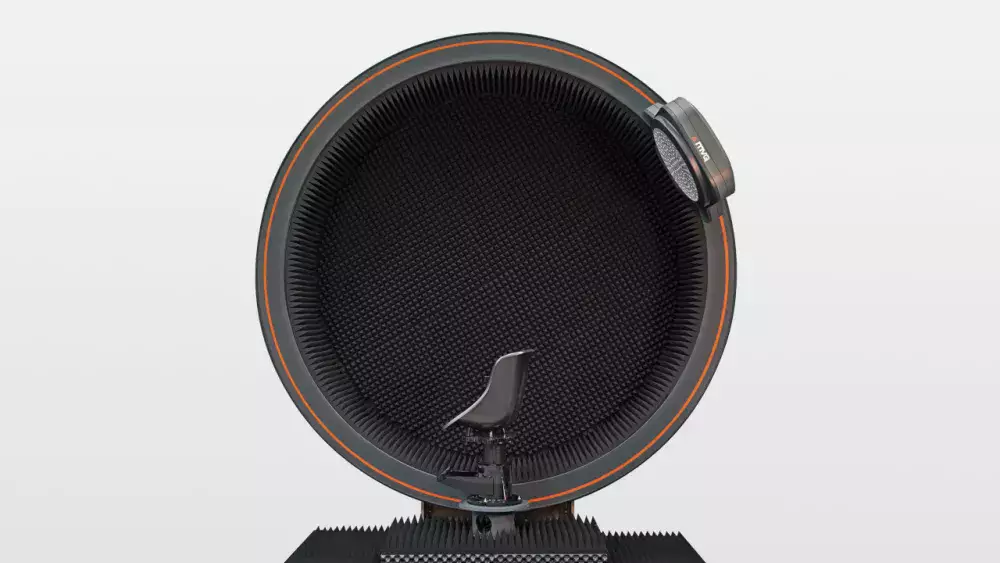
Veröffentlicht am 17/03/2020 15:30:00
The forthcoming tests and measurements of 5G-enabled devices and base transceiver stations (BTS) will differ significantly from what is done today.
5G uses dynamically steerable beams to maximize connectivity by directing as much of the signal towards the devices as possible and to handle propagation losses due to higher frequencies and the high throughputs needed with many active devices. A much larger and widely available contiguous spectrum has been identified for 5G evolution in the centimeter and millimeter-wave bands above 24 GHz (around 28 GHz and 39 GHz). With frequencies up to 100 GHz, BTS antennas are evolving from passive antenna to active antenna systems enabling the implementation of Massive MIMO.
From a technical perspective, introducing these mmWave devices into our telecommunications networks poses a number of testing challenges. The RF architecture and the higher frequencies used will require tests traditionally performed through coaxial cables in RF labs to be tested OTA, as there won't be any connectors physically available on the devices. As a result, 5G devices requiring an over-the-air (OTA) test method are creating a number of challenges in both near-field and far-field antenna measurement.
According to current standard procedures, the near-field technique does not allow for measurement of certain performance parameters in OTA. In addition, the near-field technique requires near-field to far-field transformation and depends on phase and magnitude readings which are challenging for modulated signals. Direct far-field testing, whilst capable of delivering magnitude data, is, at such high bandwidths, a space-hungry test method, thus financially prohibitive, which renders it an unsuitable solution for many manufacturers. To overcome these obstacles, the test industry has been impelled to innovate. To date, three OTA testing methodologies have been approved by 3GPP for conformance testing of mmWave user equipment and base stations: direct far-field, indirect far-field and near-field to far-field transformation. And MVG has focused its expertise on developing an innovative solution responding to the challenges of mmWave OTA testing in indirect far-field conditions.
Introducing Starwave
MVG brings to market a new generation of 5G OTA testing solutions, combining smart mechanical positioners with plane wave generators (PWGs) to create accurate direct far-field conditions in a compact system.
The Starwave 5G testing solution is composed of one or several plane wave generators attached at a 90° angle to a vertical disk, which rotates. In front of the disk, an electromagnetically transparent mast is mounted on an azimuth positioner to support and rotate a DUT. This enables 3D measurements of 5G devices with medium or low gain antennas and minimum scattering caused by the positioning system, resulting in more accurate measurements.The interface used between the mast and the DUT depends on the device, with the possibility of inserting a chair into the set-up and allowing a device to be end-to-end tested while being worn and/or operated by a user.
Thanks to its dual polarized, wideband, PWG solution, StarWave, the 5G mmWave OTA measurement turn-key system, offers flexible, accurate and efficient testing of 5G devices in indirect far-field conditions.

